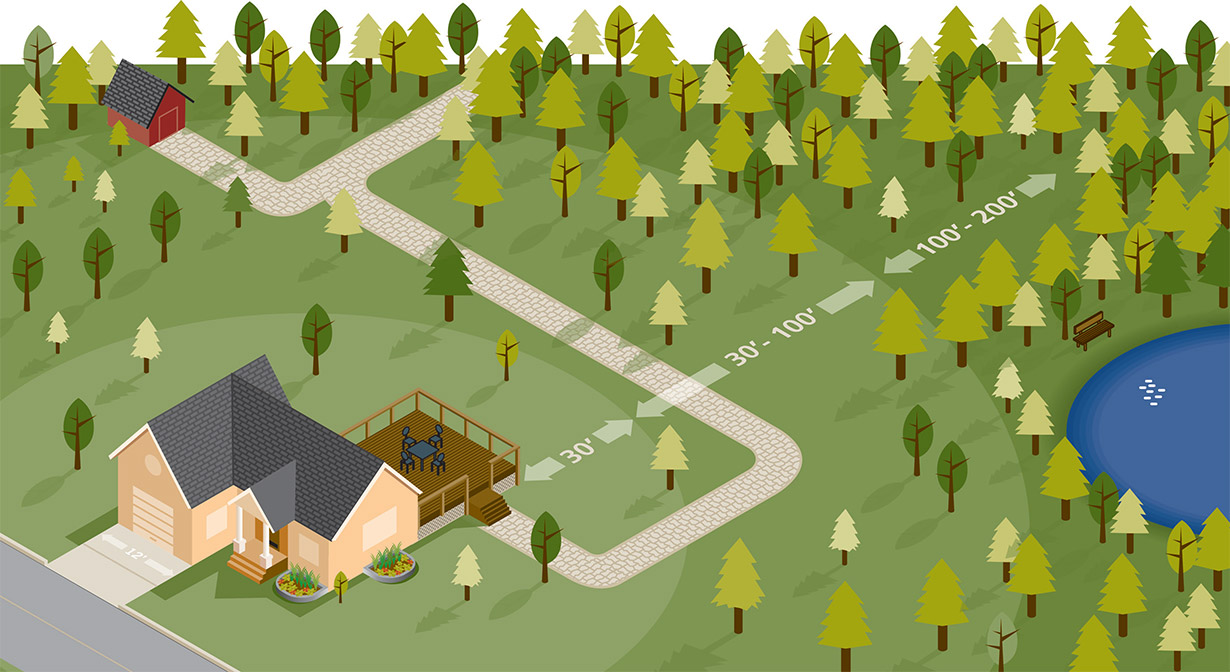
The BURN BAN is being evaluated on a daily basis. Call 325-388-6880 for status and permits.
Our Mission
For over 50 years the Sunrise Beach VFD has been responding whenever and however our community needs us.
Medical Response
When an accident or illness strikes, our trained and certified EMS First Responder Organization will be there when you need us.
Fire and Rescue
With over 30 trained and dedicated volunteers, we have the depth and experience to answer the call.
Disaster Assistance
Whether the cause is natural or man-made, the whole community needs our help when disaster strikes.

